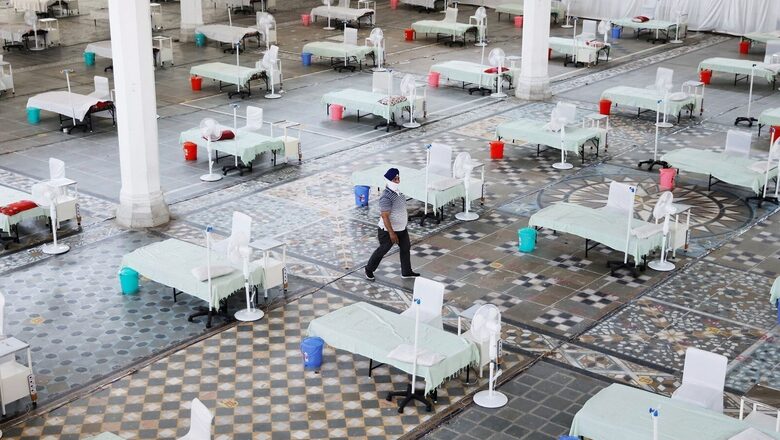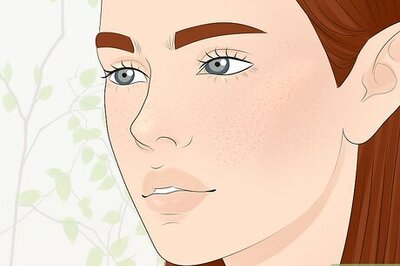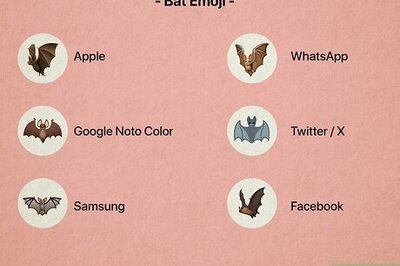
views
We are facing an ever increasing caseload of Covid-19, which has reached 20,000 new cases every day. There is also an additional threat of monkeypox, which has been detected in India and has been declared a Global Health Emergency. Countries such as India and the UK have even advised airborne precautions pointing towards a risk of easy spread through respiratory droplets. Although, not as easily as Covid-19.
Masks, social distancing and vaccinations are existing tools, which are helping us fight Covid-19 and monkeypox. One important tool that we as a country have not used is indoor ventilation. Indoor ventilation means putting outdoor air inside and removing indoor air to reduce the risk of infection.
With an increase in building hospitals with sealed windows, ventilation has reduced. This decrease in ventilation is also responsible for an increase in risk of infections.
Ventilation is affected by several things including direction of wind, size of the inlet, impedance to air flow. The World Health Organisation recommends using ventilation along with other measures to reduce infections. This assumes greater importance in hospitals and clinics, which have infected and susceptible people in the same complex.
A baseline measurement of ventilation should be made and a minimum required ventilation rate be calculated depending on occupancy and the type of people in the facility. In places where it is not possible to increase natural airflow, adding mechanical airflow devices is recommended. This includes standalone air purifiers with HEPA filters, which became quite popular in highly polluted northern parts of the country. In a country like India, where there is a burden of vector-borne diseases such as malaria and dengue, there is an added barrier of mosquito nets, which have to be put on windows. This drastically reduces the air flow.
Measures such as using a fan, which pushes outside air inside, changing the direction of the flow from the clean part to the contaminated area or the more populated areas, keeping at least an area of 4 metres from the outlet free from humans or even animals are highly prescribed.
Recent research suggests letting the room ventilate for at least 15 minutes before using it. Regular cleaning of the air filters in air purifiers and air conditioners is also quite important. Negative pressure machinery is the gold standard for hospital rooms with infected patients. A state information and education campaign along with incrementally including ventilation requirements in building codes specially for healthcare facilities is the right way to go.
Improving ventilation also has other positive effects on health. It leads to reduction in all other infections that are transmitted by air such as tuberculosis, common cold and chickenpox. Respiratory pathway remains the most efficient way a pathogen can transmit and infect a large number of people. We have to be vigilant and reduce the chances of air transmission of such pathogens.
With an increase in interaction between humans and animals, a more interconnected world and people now living in much more close proximity in cities, the chances of an infection increases drastically. Ventilating our indoor spaces will help us prepare for future devastating infections, which will most likely spread via the air we breathe.
Harshit Kukreja is Research Analyst, The Takshashila Institution. The views expressed in this article are those of the authors and do not represent the stand of this publication.
Read all the Latest News and Breaking News here


















Comments
0 comment